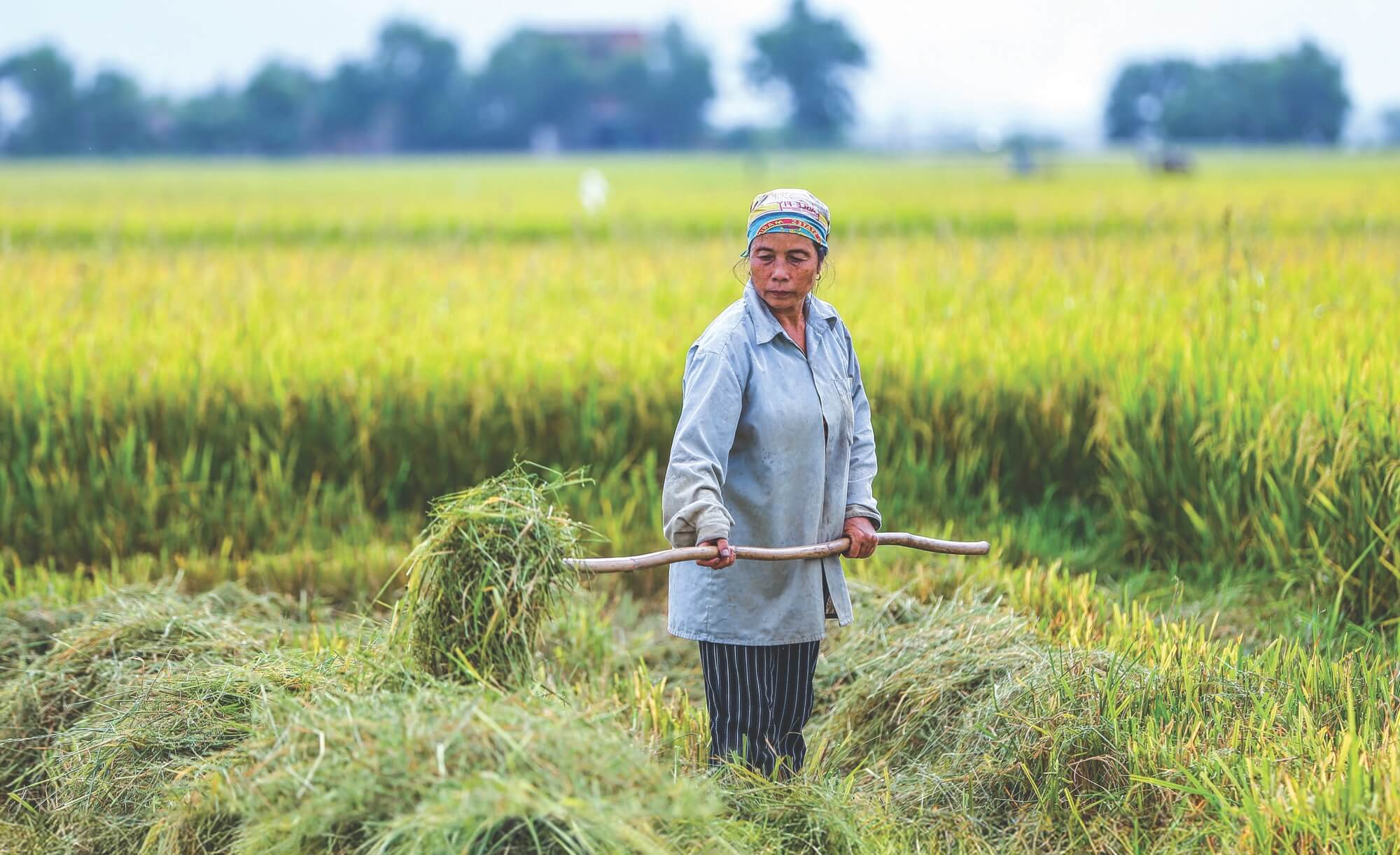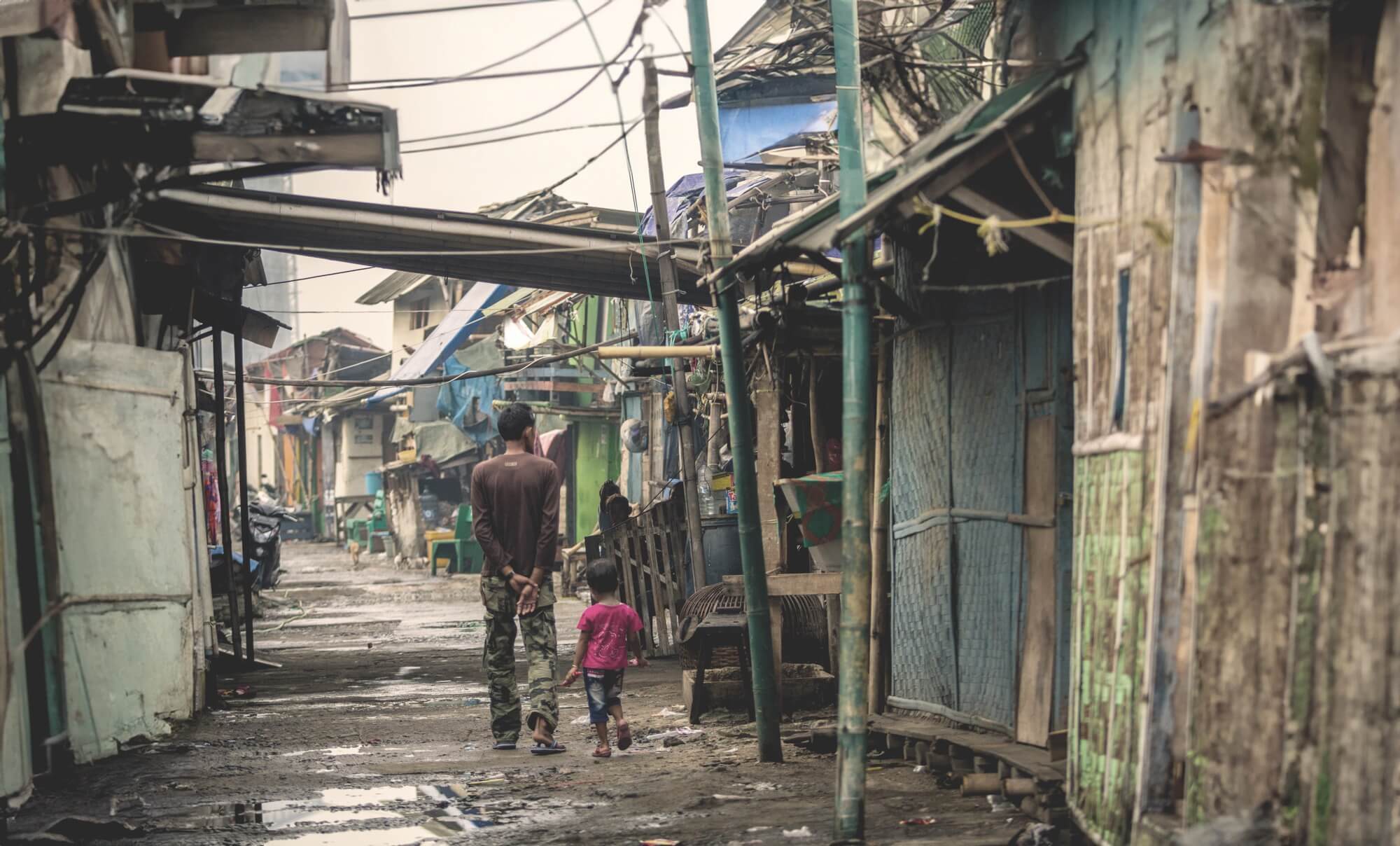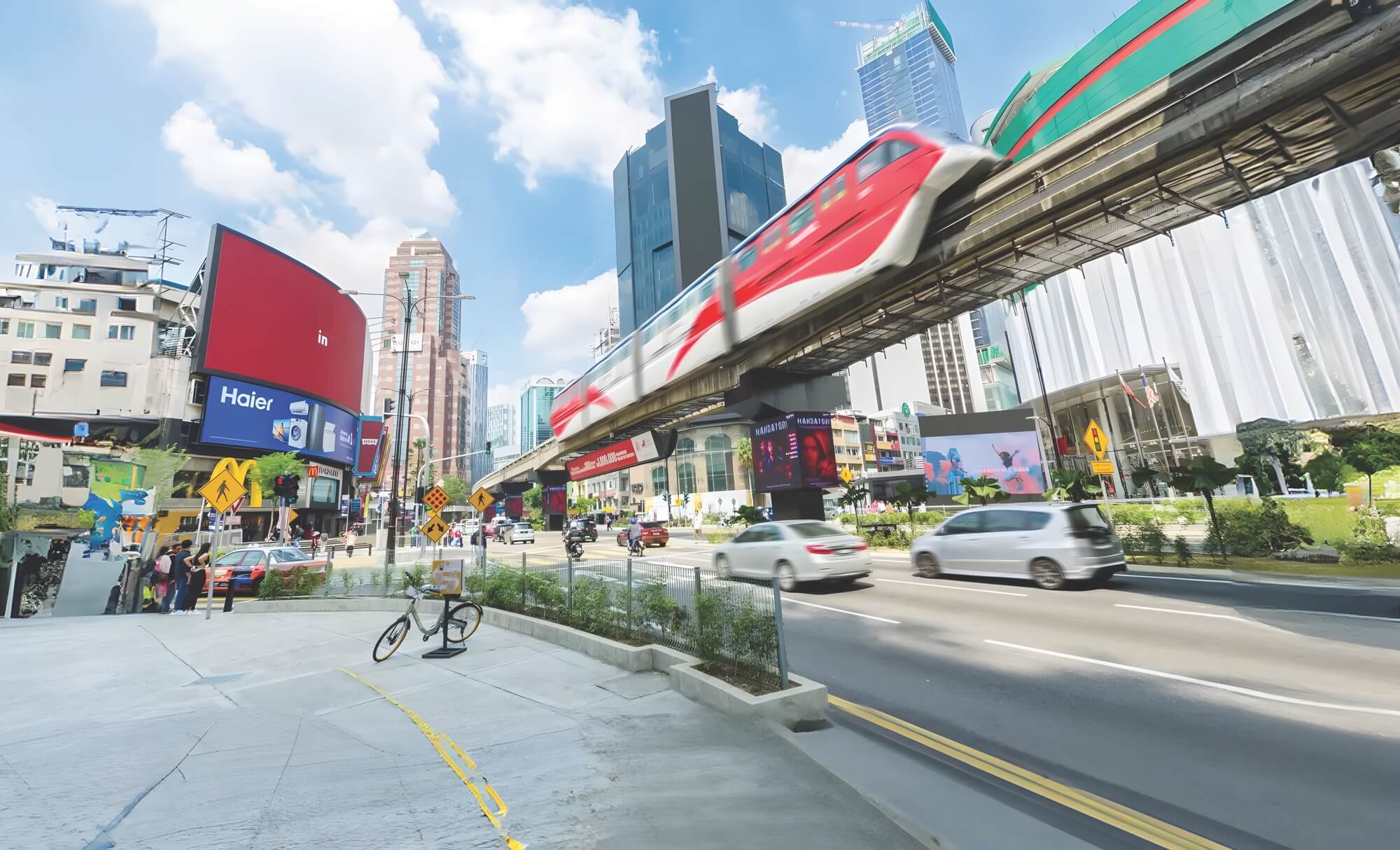



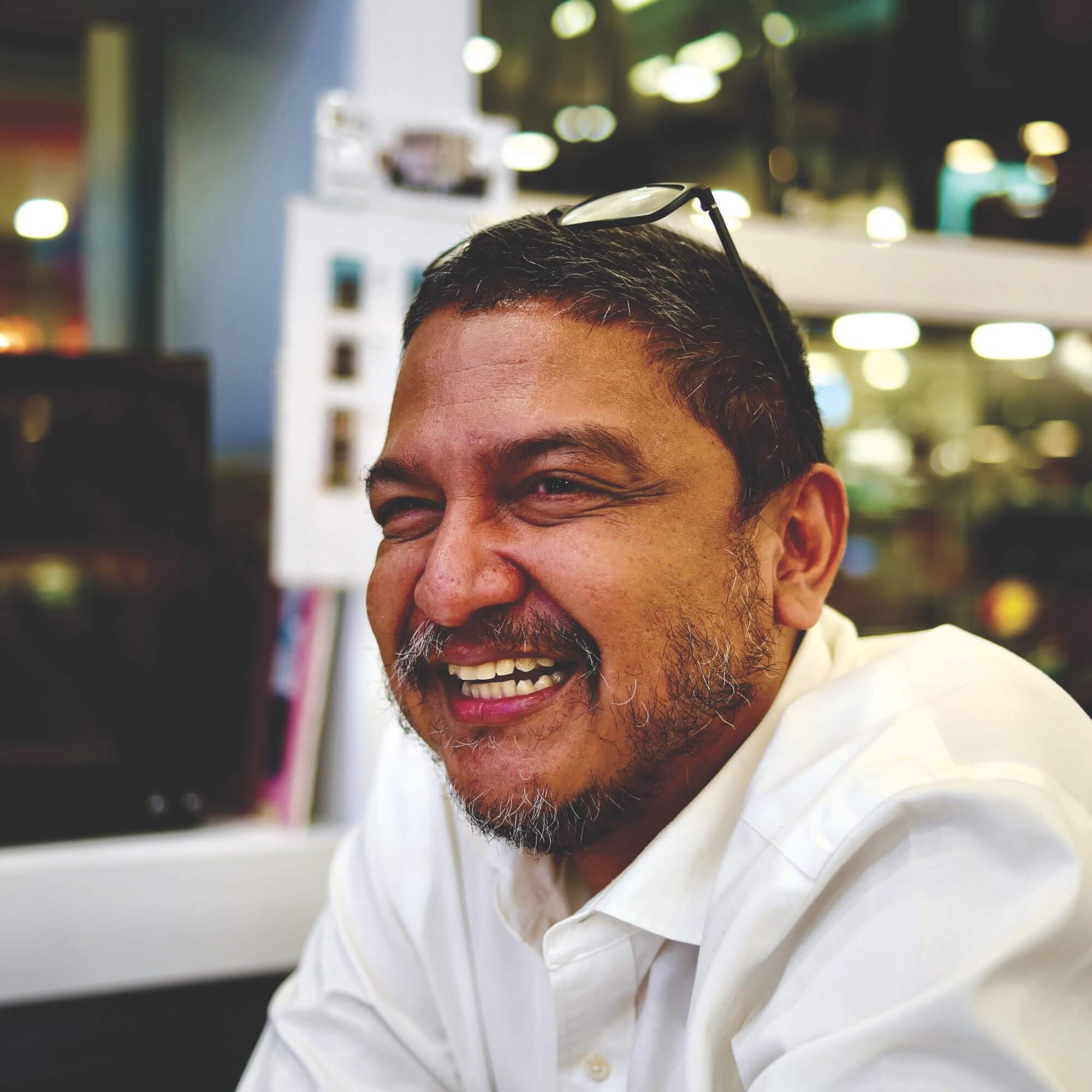
While we often describe or ascribe income values when discussing poverty, there is a recognition that poverty is a multidimensional concept (Saidatulakmal Mohd et al, 2018). Income can be useful as an indicator to capture general trends. In Malaysia, the income-based categories of wealth, such as the T20, M40, or B40, are also useful for locating one’s household income. These categories represent the top 20 per cent (T20), middle 40 per cent (M40), or lower 40 per cent
Malaysia is often reported as having successfully reduced poverty from 52.4 per cent to 5.1 per cent from the 1970s to the new millennium (T.Y. Mok et al, 2007). Saidatulakmal Mohd et al (2018) likewise reports a substantial decrease in the incidence of poverty from 49.3 per cent in 1970 to 1.7 per cent in 2012. These figures indicate the remarkable success of national development initiatives. The country has also successfully transitioned from an agrarian society to what can be described as a post-industrial society.
However, this downward trend in addressing poverty halted in 2020 because of the COVID-19 pandemic. Nurhani et al (2023) reports that in 2020 the poverty rate increased from 5.6 per cent in 2019 to 8.4 per cent. Malaysiakini (2023) notes that based on the Department of Statistics Malaysia, the absolute poverty rate reached 6.2 per cent in 2022. Meanwhile, the average poverty line income in 2022 was 2,589 Malaysian Ringgit (approximately 546 US dollars).
Today, as poverty reduction policies are framed by the Sustainable Development Goals (SDGs), we must ask ourselves if an income-based definition of poverty is a good indicator of the challenges faced in the 21st century. What should policymakers and civil society consider when framing the question of poverty intervention? This article highlights three examples of exploring poverty as a multidisciplinary concept. These examples are (i) ageing, (ii) the alienation of local communities from natural resources, and (iii) undocumented children and access to formal education.
An overview: Development paradigms and Malaysia
From the 1950s through the 1980s, the preoccupation with poverty alleviation initiatives has progressively shifted towards social transformation to address rural poverty and inter-ethnic disparity and increase overall household income. Over the years, the modernisation paradigm was refined to include a gender lens in poverty intervention programmes. In the 1980s, the focus was on structural adjustments, financial restructuring, the retreat of big state initiatives, as well as increasing private sector and civil society participation in poverty alleviation, with international funding translating the challenges of addressing poverty from framing development as national interests to one of global significance.
Today, we continue to see both the State and civil society, facilitated by international actors, as important partners in addressing poverty issues nationally. International actors offer financial and technical support as well as paradigmatic shifts in how we frame poverty. If poverty in the 1950s was framed as a technology and capital deficit, today, we frame poverty within the context of social equality, climate crisis and sustainability. The more recent global development initiative by the United Nations, the SDGs, set to be implemented between 2016 and 2030, has outlined 17 global goals. These goals include: 1. No Poverty, 2. Zero Hunger, 3. Good Health and Wellbeing, 4. Quality Education, 10. Reduced Inequalities, and much more. According to Morton et al (2017), “The Sustainable Development Goals, otherwise known as the Global Goals, are a set of objectives within a universal agreement to end poverty, protect all that makes the planet habitable, and ensure that all people enjoy peace and prosperity, now and in the future.”
In 2015, all UN member states adopted the SDGs (Morton et al, 2017). Malaysia is one of these member states, incorporating the SDGs into its national development framework.
More recently, social equitability, climate crisis, and sustainability have become important in understanding how the State conceptualises and frames poverty. This raises the question: how are people framed within this new conceptualisation of poverty? This also suggests that poverty extends beyond mere income levels and can be reinterpreted as a local issue with global repercussions. It likewise suggests that the solution to the climate crisis rests with addressing social equitability. We must consider the following: What are the right questions to ask to understand poverty within the context of social equitability? How can we better use our resources and capacities to develop effective interventions that mitigate the adverse consequences experienced by those living in poverty? A good starting point involves exploring the tangible and intangible experiences of people living in poverty, which prevent them from maximising their full potential and leading fulfilling lives.
Setting the stage: Malaysia and poverty in the 21st century
Malaysia is a nation blessed with agreeable weather and abundant natural resources. It is also politically and administratively stable. These conditions promise families the opportunity to grow and prosper, ensuring overall well-being. The bureaucratic system, inherited from the British colonial era, has entrenched a service aimed at providing for the needs of Malaysian society as it has evolved over six decades.
However, as Malaysia enters the 21st century, new challenges emerge. With improved healthcare, transportation, and connectivity throughout the country, these emerging challenges include the need to face an increasingly ageing population. Another issue is the rapid transformation of the idyllic rural landscape into urban and suburban areas. In this rush for national growth, the environment, in some ways, has suffered from pollution, with local residents caught in a pinch between the increasing demand for space by industries and the ever-expanding cities. Newfound potential wealth in natural resources and the extractive industry also threatens to create internally displaced peoples. A third issue caused by a combination of tradition, geopolitical instability, and the success of our development policies, is the influx of undocumented migration from within and beyond Southeast Asia.
These are just a few of the emerging social categories of people living in poverty, which state and civil society actors need to acknowledge when formulating effective public policies and social intervention in mitigating poverty. However, their experience of living in poverty goes beyond simply lacking money. Thus, correctly identifying the definition of poverty will enable us to restructure our intervention qualifies the strategies, both the formal structures and the informal services, to address these gaps properly. The question, thus, is less an economic question and one of aspiration: What do we aspire for Malaysia as we progress into the 21st century? How can we realise this aspiration for all residents in Malaysia?
An ageing population
By 2030, Malaysia is expected to have 15 per cent of the population above 60 years old (Nik Norliati Fitri Md Nor and Suriati Ghazali, 2021). Ageing in poverty is concerning due to the increasing isolation from the facilities and services that enable older people to age with grace and dignity. Although the number of the elderly is low, and the government has policies for older people, more attention is needed to ensure they are not neglected (Saidatulakmal Mohd et al, 2018).
As Malaysia’s population ages, there is a need to learn from other countries on how to ensure both rural and urban areas have facilities that enable independent and integrated living for older adults. Family support remains an essential crutch for older people, and Malaysia does not have laws requiring children to care for their ageing parents. This has led some scholars to call for reforms to make children legally accountable for the well-being of their parents (Norliati Fitri Md Nor and Suriati Ghazali, 2021).
In the current context, a minority of the older population—who may not have the support of family, relies on meagre pension or savings, and is heavily reliant on the public system—face a harrowing and lonely experience of growing old. Thus, significant work is needed to better understand the impact of social isolation and loneliness. Foong H.F et al (2023) found in their study that it is important for older people to remain engaged in social activities. Initiatives need to be taken to ensure older adults have access to social programmes that create meaningful relationships. They explain, “social engagement in older people is important for wellbeing in later life. Older persons should continue participating in age-appropriate activities because social interaction can help them stay motivated, realise their full potential, and ultimately find more life satisfaction. Therefore, community programs such as special aids and befriending programs for older people are needed to promote life satisfaction” (Foong H.F, et al, 2023).
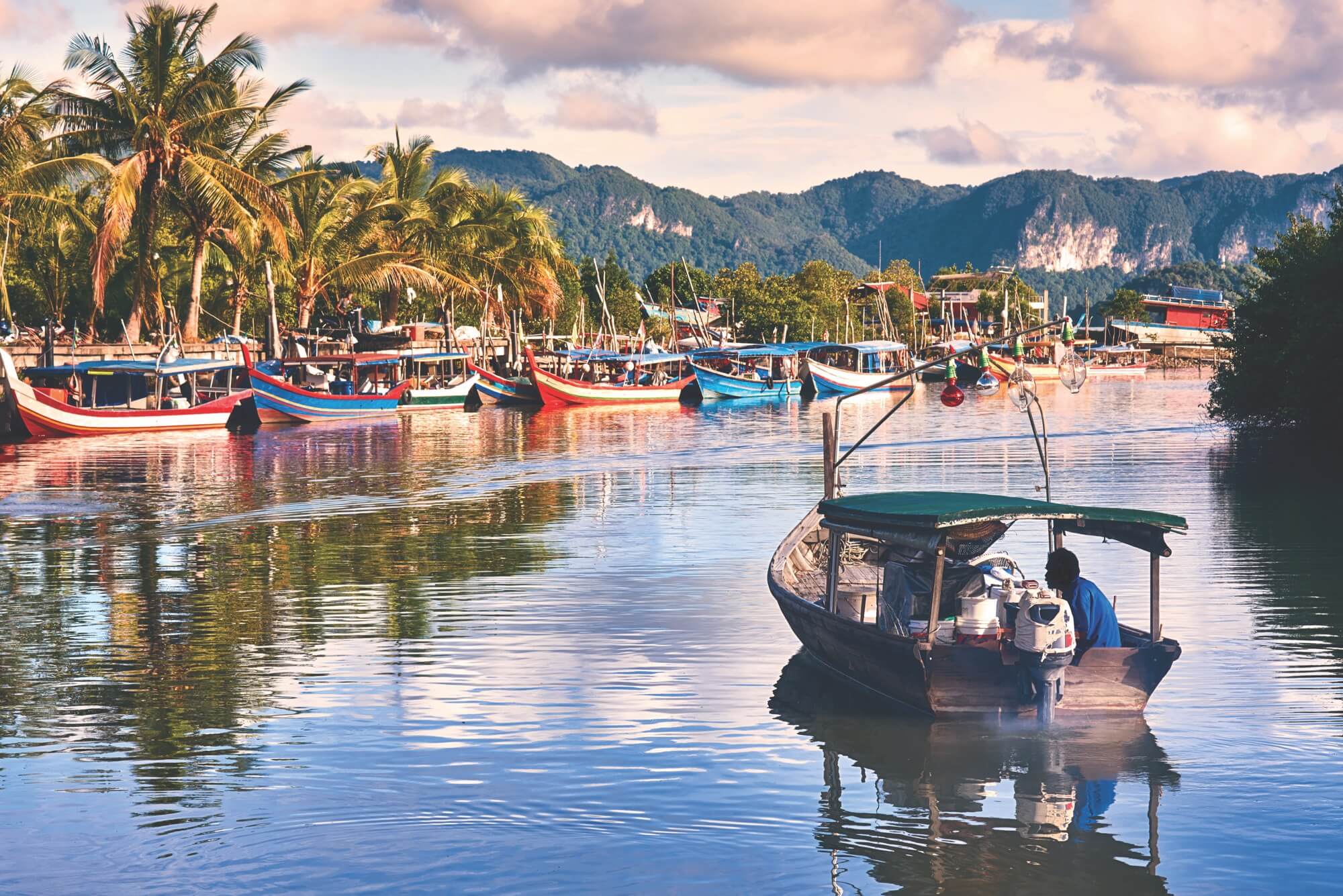
Alienating local communities from the natural environment
Pockets of poverty are emerging in rapidly industrialising and urbanising areas, where land is quickly being swallowed up for physical development. Villages that were once idyllic now face a much smaller expanse of nature, affecting their ability to complement their income and create sources of livelihood and sustenance. Furthermore, local communities’ access to natural resources is constantly threatened by pollution and targeted for development.
The importance of seemingly insignificant swaths of natural landscapes is best described by Afiqah Dharwisyah’s research work (2024) with coastal communities and their heavy reliance on coastal fisheries to provide sustenance and an alternative source of livelihood. She explains, “(gleaning) consequently… represents a significant income-generating activity that empowers women economically. Hence, gleaning provides an essential economic lifeline for marginalised communities by offering opportunities for income generation, as well as supporting subsistence.”
Such reliance on natural resources is not unique to suburban and rural communities in industrial landscapes; the urban poor also rely on these resources for income generation and sustenance for the household. Public policies protecting these small but rich natural resource landscapes, and ensuring access for the lower income to harvest renewable natural resources are important localised solutions in addressing food security and poverty. Recognising the different scales of governance in public policy for the poor potentially also helps to mitigate environmental degradation. The relationship between localised solutions for poverty alleviation by reconnecting local communities with the natural environment is an understudied field within Malaysia that requires further investigation.
Undocumented children and the lack of access to formal education
The third point for discussion is the lack of access to formal education among children without proper documentation. Due to the complex Malaysian social fabric, undocumented children become stateless through no fault of their own, despite being born and raised in Malaysia. These children are vulnerable due to their lack of residence status. For example, UNHCR estimates around 50,000 stateless children in Malaysia, while the Asia Foundation estimates 52,000 stateless children in just the state of Sabah. The absence of official documentation makes it difficult for children to access formal education.
Conclusion
The three examples discussed within the context of Malaysia explore poverty in the 21st century as a multidimensional concept. These examples include (i) ageing, (ii) alienating local communities from the natural environment, and (iii) undocumented children and the lack of access to formal education.
The aim is to highlight the need to move away from a purely income-based definition of poverty in order to appreciate its broader implications and how corrective policies based on new social, economic, and political lenses can help address the questions of social equity and environmental sustainability. In short, it will help us think through solutions to the climate crisis and social development issues.
In line with the SDGs, we must rethink how we approach poverty for the next generation. Is poverty reduction solely about increasing wealth, or is it about implementing a system for social equitability, environmental sustainability, and universal rights? How do we plan and manage for sustainability amidst a rising population, shrinking natural resource base, and the breakdown of borders within the region?
Agreeing on a critical framing of how poverty is defined will allow us to address current and future challenges. The challenge now is no longer just about wealth creation. For Malaysia and ASEAN to thrive in the 21st century, the following questions must be answered: What quality of life do we want for our society? How do we promote an effective inclusive society? And, how do we formulate policies which create a more equitable and sustainable future for all residents within our countries and the region. These questions place the responsibility of addressing poverty within the framework of the national welfare policies and emphasise the need to align national goals with regional challenges, framed within global aspirations.
Note:
This article was contributed through the Senior Officials Meeting on Social Welfare and Development (SOMSWD) Malaysia.
The author would like to thank Associate Professor Dr Firdausi Suffian, Faculty of Administrative Science and Policy Studies, UiTM, Afiqah Dharwisyah, an MPhil student with the Institute of Ocean and Earth Sciences (IOES), Universiti Malaya, and Loo Juosie, for their input into the article.
The views and opinions expressed in this article are solely those of the author and do not reflect the official policy or position of ASEAN.





